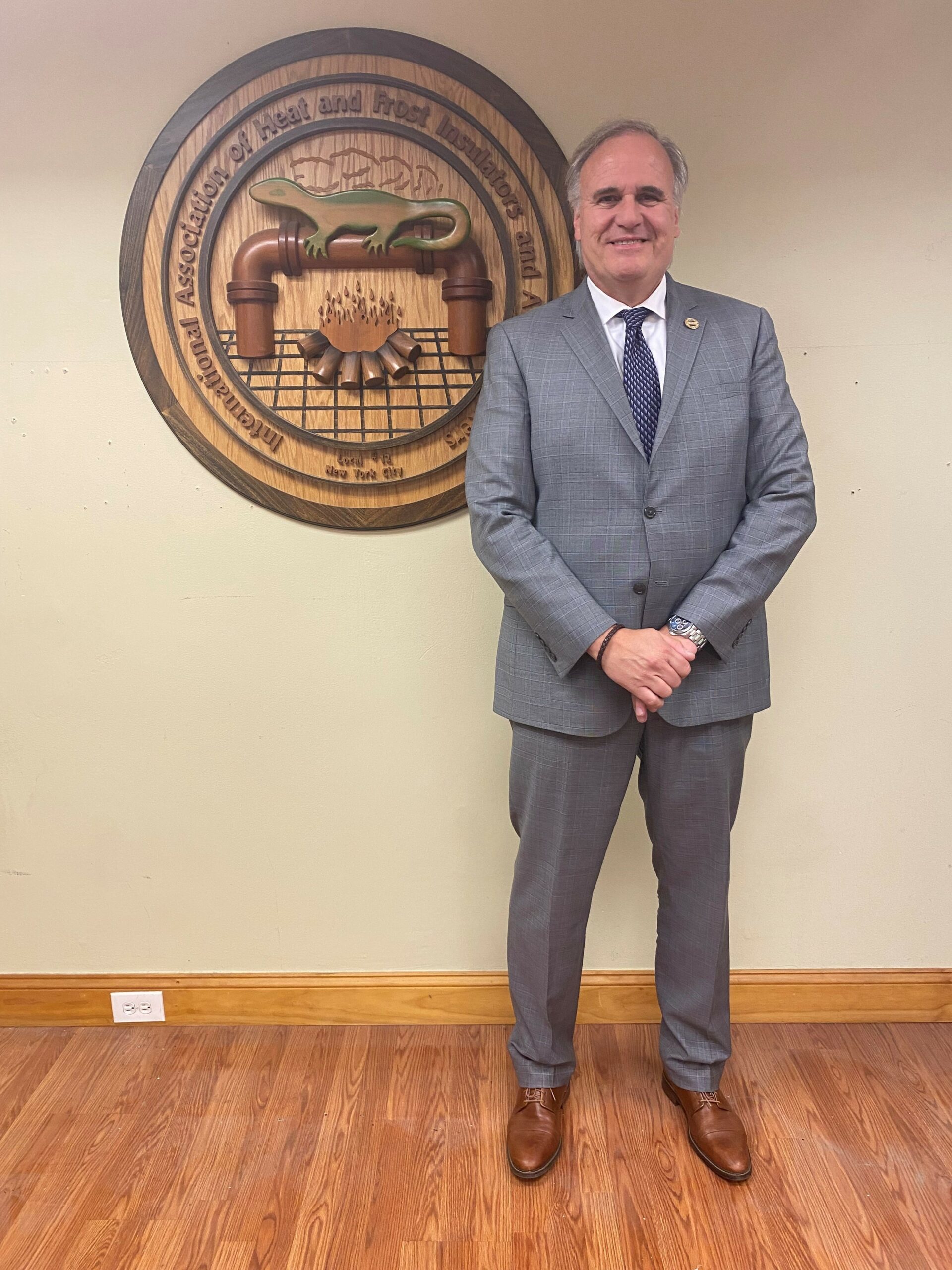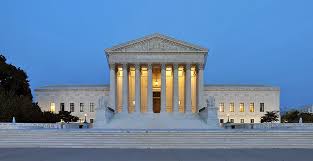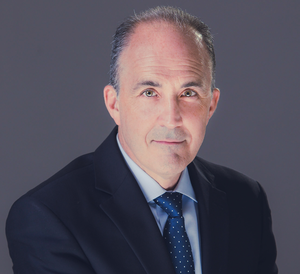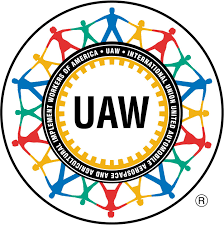New York, NY – John Jovic is Business Manager/Financial Secretary of the Heat and Frost Insulators Local 12, part of the International Association of Heat and Frost Insulators and Allied Workers (HFIAW). Jovic has taken a lead in working with contractors to ensure construction projects incorporate the safest and most technologically advanced insulation products. The proper utilization of insulation in building construction is a critical component in the move to reduce the carbon footprint. Jovic stands out as he continues his efforts to promote ways to construct and maintain building structures that are energy efficient and environmentally safe. John is on the Executive Boards of both the Building and Construction Trades Council of Greater New York and the International Association of Heat and Frost Insulators and Allied Trades.
LaborPress had the opportunity to learn more from Jovic about how he, and the union, are making a difference in the field.
LP: How has Local 12 taken the lead in working with contractors to ensure construction projects incorporate the safest and most technologically advanced insulation projects?
JJ: Local 12 takes safety very seriously. We emphasize safety training in our apprentice program. Our Instructors also provide safety training to our mechanics. We have a very good working relationship with our contractors, and we all agree that the safety of our members is our top priority.
LP: How is the proper utilization of insulation in building construction a critical component in the move towards the reduction of the carbon footprint?
JJ: Mechanical Insulation will help a designed engineered system function at an operating temperature to ensure it optimizes operations. Insulation installed incorrectly will result in loss of operating expenses, wasted energy and unnecessary harmful greenhouse gas emissions. Mechanical Insulation is a vital component in creating and maintaining high-performance buildings.
LP: How do you promote ways to construct and maintain building structures that are energy efficient and environmentally safe?
JJ: We get the message out to engineers and developers that the return on investment (ROI) is less than 2 years. Everyone is big on the words “Value Engineering”, which lowers the initial cost of a project, but actually costs the owner more money in the long run. Properly installed and maintained Mechanical Insulation provides large-scale and long term energy efficiency, emissions reductions, cost savings and safety benefits.
LP: What are some current methods employed by the union that provide a greener option and what would you like to see as future developments/goals in this area?
JJ: As a Local we abide by what’s called PCCC which stands for Professional Code of Craftsmanship. We hold our members to a strict standard as far as workmanship. I would like to see our local governments incentivize building owners to upgrade and maintain Mechanical Insulation Systems. Insulation begins to work and provide savings on energy as soon as it’s installed.
LP: Are there particular projects/buildings that your members have worked on that are good examples of “going green”?
JJ: Hearst Tower, One WTC, 10 Hudson Yards, 7 WTC, 1 Manhattan West, One City NY – Greenwich Street Redevelopment
LP: Are there any major victories, either legislatively or otherwise, regarding the transition from fossil fuels to clean energy that the union has achieved under your leadership?
JJ: On July 14, 2023 the Federal Mechanical Insulation Act was introduced into the House of Representatives. Our International together with Local Unions reached out to Representatives to let them know the importance of this bill. If passed and enacted, the legislation would provide Insulator Union signatory contractors with the opportunity to bid on work in many Federal buildings. This bill will not only create jobs, but it will save taxpayers money thanks to the short return on investment created once properly installed mechanical insulation is used.
LP: How do see the best way forward in protecting members’ jobs in the move to a cleaner energy power production future?
JJ: One of the best ways to protect jobs is to incorporate apprentice language in job specifications. Apprentice language basically states that installers meet the following qualification: [they are] skilled mechanics who have successfully completed an apprenticeship program or another craft training program certified by the Department of Labor, Bureau of Apprenticeship and Training. This would ensure that properly trained insulators are installing insulation and that the quality of construction projects meets the highest standards. We need cooperation from developers, general contractors and local politicians that apprentice language is adhered to. Our apprentice program is fully funded by our membership, and these funds are used to train future Insulators. This would help to ensure that the building is maximizing its energy efficiency potential.






